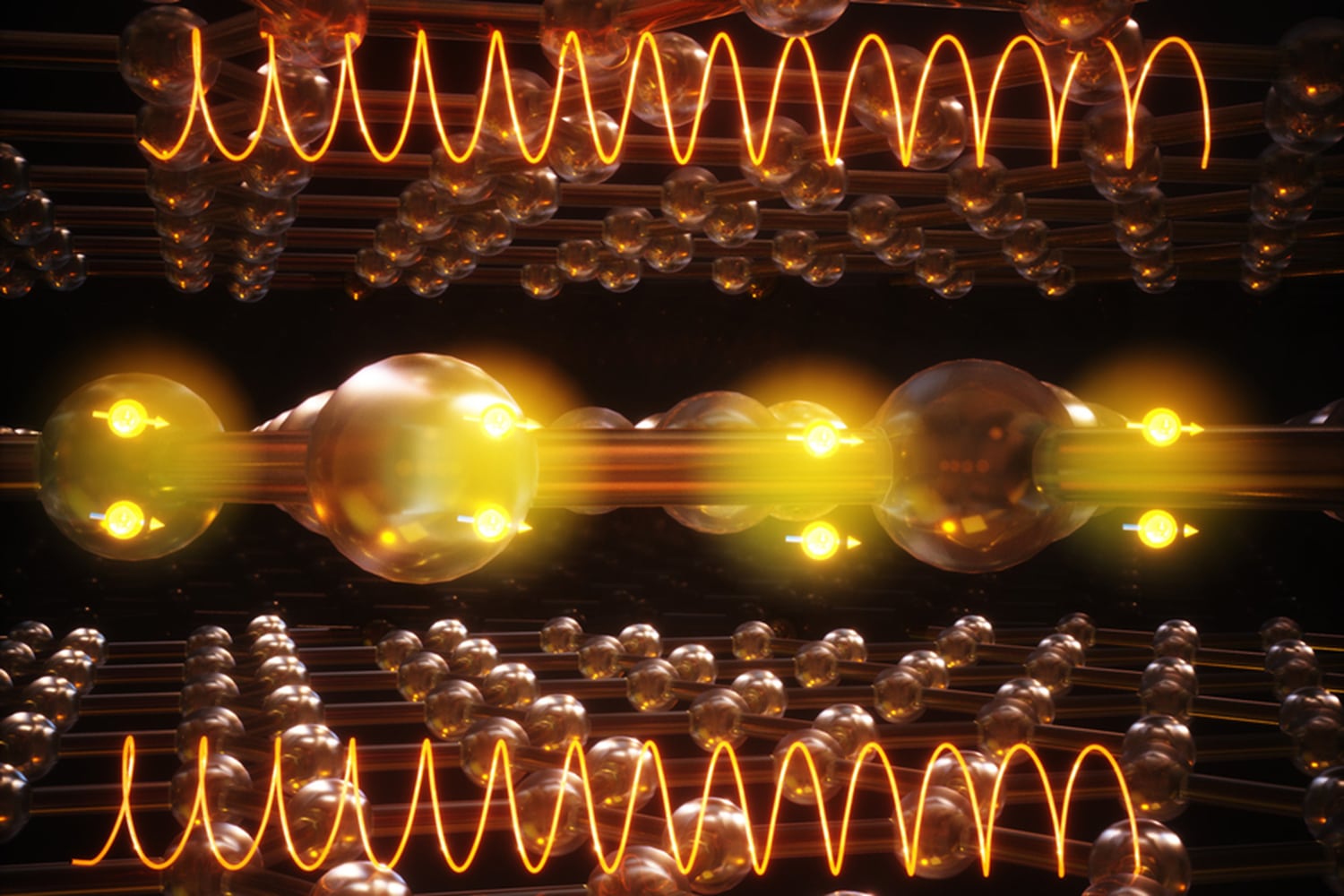
According to a new study, magic-angle trilayer graphene is a very rare type of superconductor called spin-triplet that doesn’t affect by high magnetic fields. MIT scientists observed a rare type of superconductivity in magic-angle twisted trilayer graphene.
As mentioned above, the material exhibits superconductivity at surprisingly high magnetic fields of up to 10 Tesla. According to scientists, such exotic superconductors could vastly improve technologies such as MRI. It could also help scientists in designing more stronger superconductors for practical quantum computing.
Pablo Jarillo-Herrero, the Cecil and Ida Green Professor of Physics at MIT, said, “The value of this experiment is what it teaches us about fundamental superconductivity, about how materials can behave, so that with those lessons learned, we can try to design principles for other materials which would be easier to manufacture, that could perhaps give you better superconductivity.”
Scientists were keen to determine if magic-angle trilayer graphene might harbor signs of this more unusual spin-triplet superconductivity. The group has delivered pioneering work in the investigation of graphene moiré structures—layers of atom-thin carbon lattices that can give rise to surprising electronic behaviors when stacked at explicit points.
At first, scientists reported such curious properties in two angled sheets of graphene, called magic-angle bilayer graphene. They soon followed up with tests of trilayer graphene. When a modest magnetic field was applied, the material exhibited superconductivity at field strengths that would destroy superconductivity in bilayer graphene.
Jarillo-Herrero said, “We thought this is something very strange.”
Scientists later tested the material’s superconductivity under increasingly higher magnetic fields. For this, they created the material by peeling away atom-thin layers of carbon from a block of graphite, stacking three layers together, and rotating the middle one by 1.56 degrees with respect to the outer layers.
They attached an electrode to one side of the material to run a current through. At the same time, they measured any energy lost in the process. Then, they turned on a large magnet in the lab, with a field-oriented parallel to the material.
As they increased the magnetic field around trilayer graphene, they observed that superconductivity held strong up to a point before disappearing but then curiously reappeared at higher field strengths—a highly unusual comeback and not known to occur in conventional spin-singlet superconductors.
Even after increasing the magnetic field around the material, superconductivity held strong up to a point before disappearing but then curiously reappeared at higher field strengths.
Postdoc Yuan Cao at MIT said, “In spin-singlet superconductors, if you kill superconductivity, it never comes back—it’s gone for good. Here, it reappeared again. So this says this material is not spin-singlet.”
Trilayer graphene’s reappearance of superconductivity, paired with its persistence at higher magnetic fields than predicted, rules out the possibility that the material is a run-of-the-mill superconductor.
Jarillo-Herrero said, “Regular quantum computing is super fragile. You look at it, and, poof, it disappears. About 20 years ago, theorists proposed a type of topological superconductivity that could [enable] a quantum computer where states responsible for computation are very robust if realized in any material. That would give infinite more power to do computing.”
“The key ingredient to realizing that would be spin-triplet superconductors of a certain type. We have no idea if our type is of that type. But even if it’s not, this could make it easier to put trilayer graphene with other materials to engineer that kind of superconductivity. That could be a major breakthrough. But it’s still super early. You look at it, and, poof, it disappears. About 20 years ago, theorists proposed a type of topological superconductivity that could [enable] a quantum computer where states responsible for computation are very robust if realized in any material. That would give infinite more power to do computing.”
“The key ingredient to realizing that would be spin-triplet superconductors of a certain type. We have no idea if our type is of that type. But even if it’s not, this could make it easier to put trilayer graphene with other materials to engineer that kind of superconductivity. That could be a major breakthrough. But it’s still super early.”
Journal Reference:
- Pauli-limit violation and re-entrant superconductivity in moiré graphene, Nature (2021). DOI: 10.1038/s41586-021-03685-y
Continue reading A rare type of superconductivity observed in magic-angle twisted trilayer graphene on Tech Explorist.
0 comments:
Post a Comment